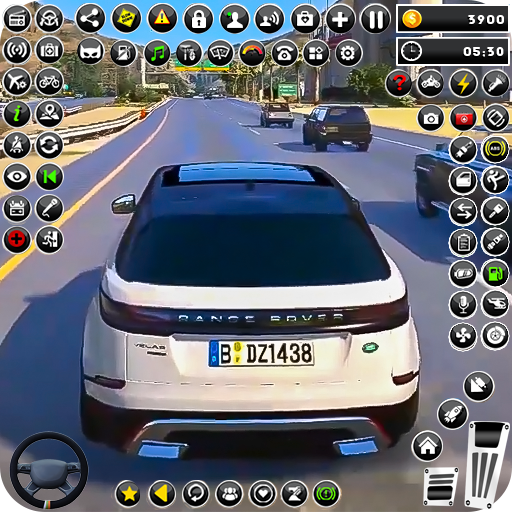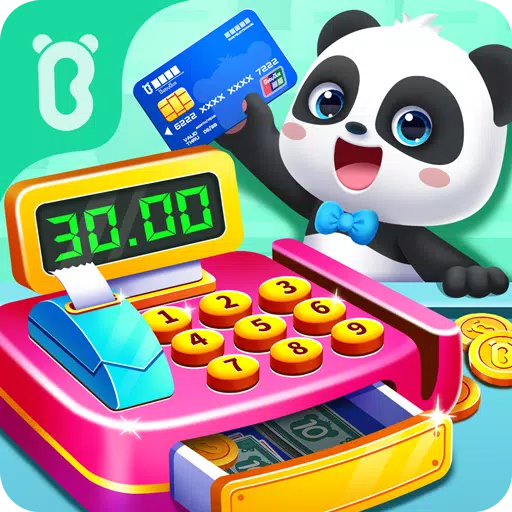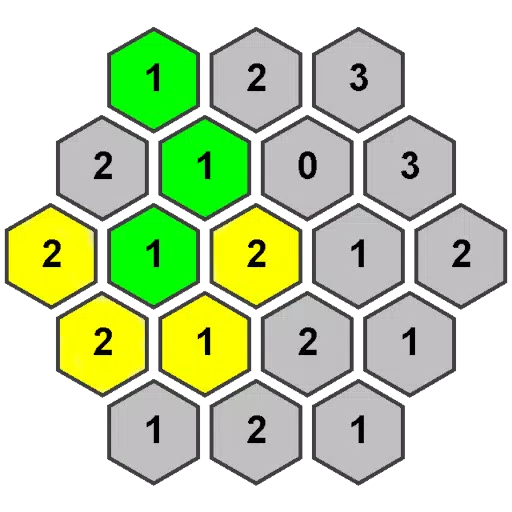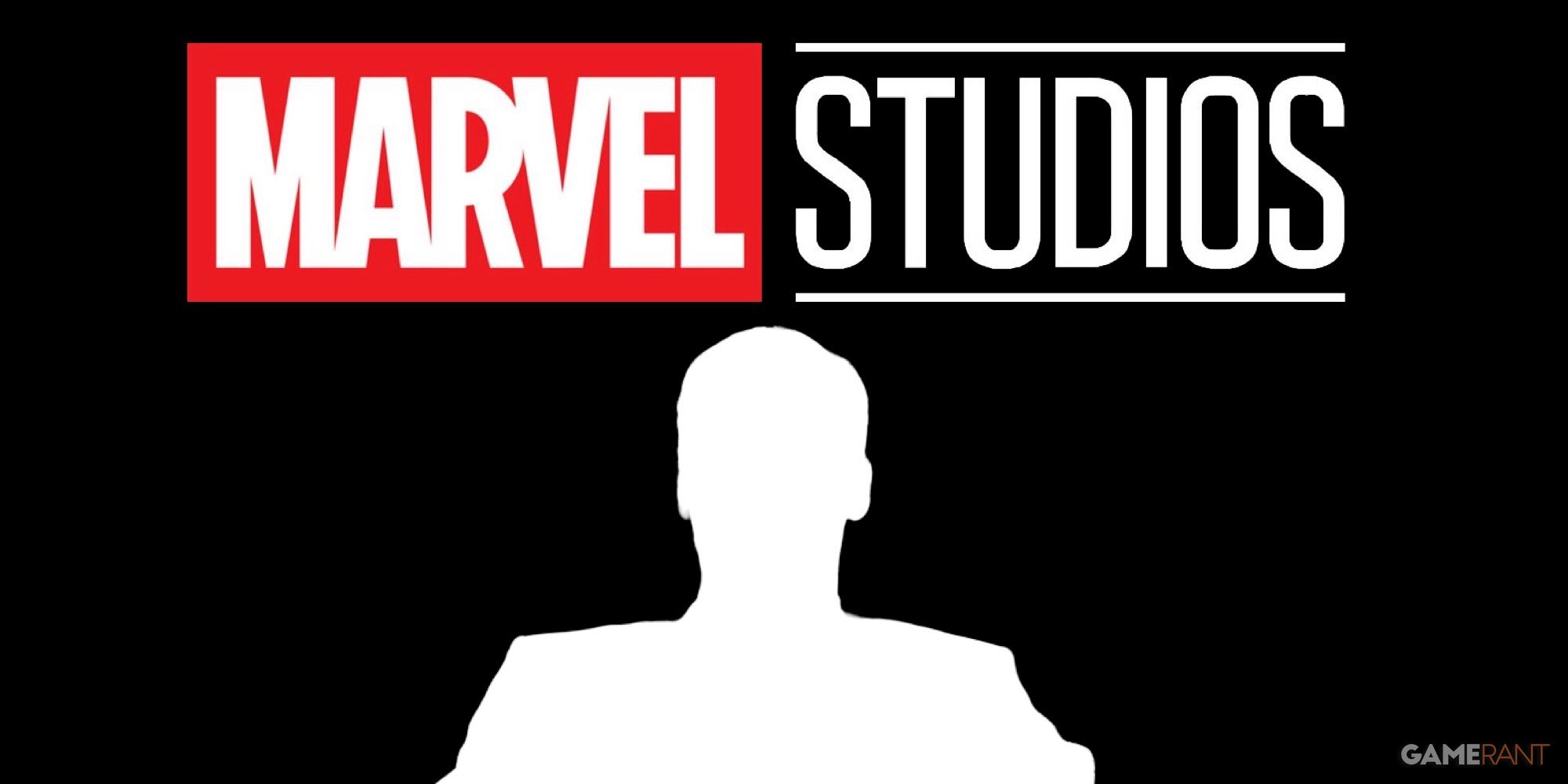Accessibility has long been a growing focus in the gaming industry, and Nintendo’s latest console, the Switch 2, marks a significant leap forward. Following months of anticipation and leaks, Nintendo finally revealed its next-generation system during a dedicated Direct presentation. Alongside exciting new titles like Mario Kart World, Donkey Kong Bonanza, and exclusive GameCube games via Switch 2 Online, the console itself showcased meaningful improvements from an accessibility standpoint. In fact, the Switch 2 proves to be a considerable upgrade over its predecessor in nearly every way for disabled players.
Months prior, [ttpp] I explored potential accessibility features that fans hoped to see in the Switch 2. These included more robust accessibility settings, improved Joy-Con functionality, and innovative inclusive design practices. Remarkably, Nintendo not only met many of these expectations but also introduced unexpected enhancements—demonstrating a clear commitment to making gaming more inclusive for all.
New Accessibility Settings
While the Direct presentation offered limited details on tangible accessibility options—aside from customizable controls for each GameCube title—Nintendo later released a comprehensive accessibility page outlining both returning and brand-new features.
Customizable controls remain a staple, functioning much like they did on the original Switch. Text size adjustments are also back, now offering three scalable variants along with high-contrast mode and customizable display colors. Additionally, Zoom functionality is still available, serving as a crucial tool for blind and low-vision users navigating the interface.
One of the most notable additions is the new Screen Reader feature. Designed specifically for blind and low-vision players, this setting enables text-to-speech functionality across the HOME menu and system settings, allowing for greater independent navigation. Users can adjust voice types, reading speed, and volume levels to suit their preferences. While this feature currently does not extend into individual games, Nintendo’s recognition of its disabled audience is a promising sign for future developments.
Innovative Design Features
Beyond standard accessibility settings, Nintendo unveiled several groundbreaking tools within the newly renamed Nintendo Switch App, particularly through its integration with The Legend of Zelda: Breath of the Wild and Tears of the Kingdom. One standout feature is Zelda Notes, which enhances cognitive, physical, and visual accessibility.
The app's Navigation function offers a GPS-like UI that helps locate shops, points of interest, and even hidden Koroks. With audio cues and voice guidance, players receive step-by-step directions to their selected destination. Although it doesn’t assist with enemy encounters or precise pathing, it significantly eases overworld navigation for blind, low vision, and cognitively disabled players.
Another major innovation is the Autobuild Sharing tool. By scanning a QR code, players can automatically construct Zonai machines if they have the required materials. This removes the complexity of manual building, which was often challenging due to the game’s intricate control scheme. The same principle applies to Item Sharing, where players can instantly receive items shared by friends via QR code, reducing the need for repetitive exploration.
These features reflect Nintendo’s ongoing dedication to inclusive design, empowering players who may otherwise struggle with traditional gameplay mechanics.
Wheelchair Sports and Controller Innovation
One of the most surprising reveals was Drag X Drive, a Rocket League-inspired basketball-style game featuring characters in manual wheelchairs. Beyond its representation of disability, the announcement highlighted one of the Switch 2’s few hardware innovations: mouse-like control using the Joy-Con.
By rotating the Joy-Con vertically, players can glide it across any surface, mimicking mouse movement. Though specifics about sensitivity remain unclear, this motion-based input method could offer alternative playstyles beneficial for various disabilities. Combined with Nintendo’s existing array of controller options, this enhancement further broadens access to gameplay.
For longtime Nintendo fans, the Switch 2 represents more than just a hardware upgrade—it symbolizes progress in accessibility. While Nintendo hasn't yet introduced a first-party adaptive controller like Microsoft’s Xbox Adaptive Controller or Sony’s Access Controller, the company continues to innovate through software and unique controller applications.
Moreover, Nintendo recently joined other major developers in adopting standardized accessibility tags, signaling a broader industry shift toward transparency and inclusivity. As accessibility becomes increasingly prioritized, Nintendo’s evolving approach promises a more inclusive future for gaming—one that welcomes players of all abilities to experience the joy of play, no matter how they choose to interact with the game.
 Home
Home  Navigation
Navigation






 Latest Articles
Latest Articles

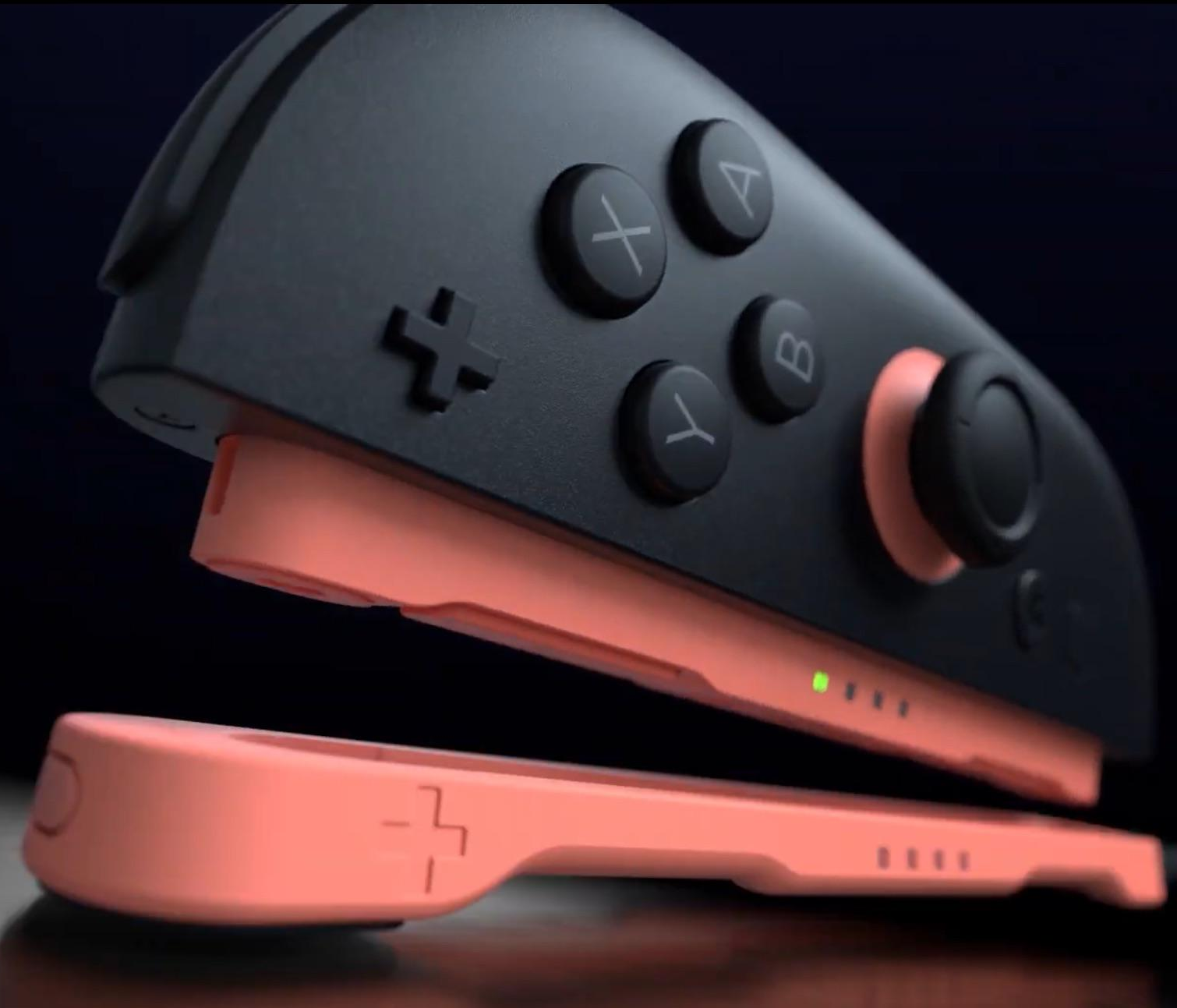
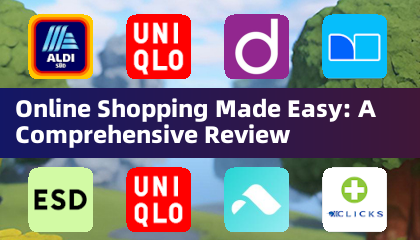







 Latest Games
Latest Games
